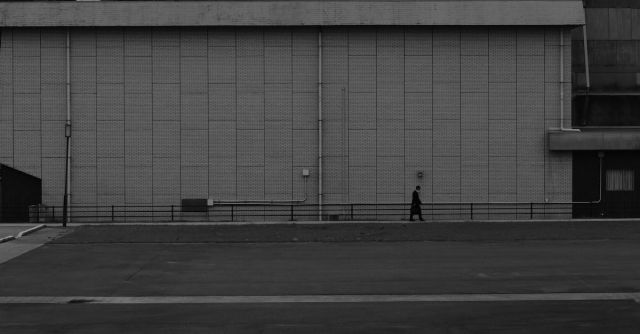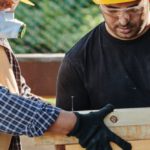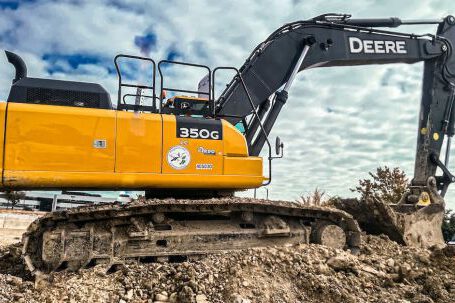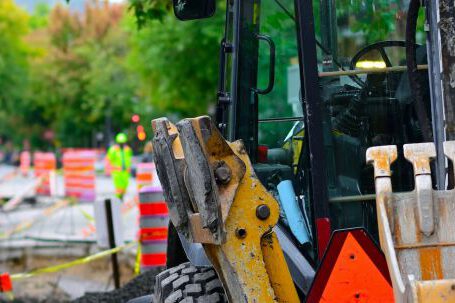The construction industry has always been a demanding field, with a high level of safety regulations and requirements. One of the most important pieces of equipment in this industry is the construction hoist. It is used to transport workers, equipment, and materials up and down a building during the construction process. This article will look at the main components and mechanisms of a construction hoist, and explain how it works.
What Is a Construction Hoist?
A construction hoist is a specialized piece of equipment used for lifting and transporting workers, materials, and equipment up and down a building or construction site. It is powered by an electric motor and is usually mounted on a tower or frame. The hoist is typically used in multi-story buildings or sites where traditional elevators and scaffolding would be impractical or dangerous.
Components and Mechanisms
A construction hoist is composed of several main components and mechanisms. The most important of these are the motor, the lift mechanism, the safety systems, and the control systems.
Motor
The motor is the most important component of a construction hoist. It is responsible for powering the lift mechanism and is usually an electric motor. The motor is connected to the lift mechanism via a belt or chain drive, and is usually powered by a standard power outlet.
Lift Mechanism
The lift mechanism is responsible for raising and lowering the hoist carriage and is usually composed of a series of pulleys and cables. The pulleys are attached to the motor and are used to raise and lower the hoist carriage. The cables are attached to the carriage and are used to pull the carriage up and down the tower.
Safety Systems
The safety systems are designed to prevent accidents and ensure that the hoist is used safely. The most important safety systems are the brake system, the overload protection system, and the emergency stop system. The brake system is used to slow the hoist carriage when it is descending, and the overload protection system is designed to prevent the hoist from lifting too heavy a load. The emergency stop system is designed to immediately stop the hoist in case of an emergency.
Control Systems
The control systems are used to control the operation of the hoist. The control systems are usually composed of a control panel, buttons, and levers. The control panel is used to input commands to the motor and the buttons and levers are used to control the speed and direction of the hoist.
How Does It Work?
The construction hoist works by using the motor to power the lift mechanism. The motor is connected to the lift mechanism via a belt or chain drive and is powered by a standard power outlet. The lift mechanism is composed of pulleys and cables which are attached to the carriage and used to pull the carriage up and down the tower.
The control systems are used to control the speed and direction of the hoist. The buttons and levers are used to control the speed and direction of the hoist, and the control panel is used to input commands to the motor. The safety systems are used to ensure that the hoist is used safely and that accidents are prevented.
Conclusion
A construction hoist is an essential piece of equipment in the construction industry, and is used to transport workers, materials, and equipment up and down a building or construction site. It is composed of several main components and mechanisms, including the motor, the lift mechanism, the safety systems, and the control systems. The motor is used to power the lift mechanism, while the control systems are used to control the speed and direction of the hoist. The safety systems are used to ensure that the hoist is used safely and that accidents are prevented.






